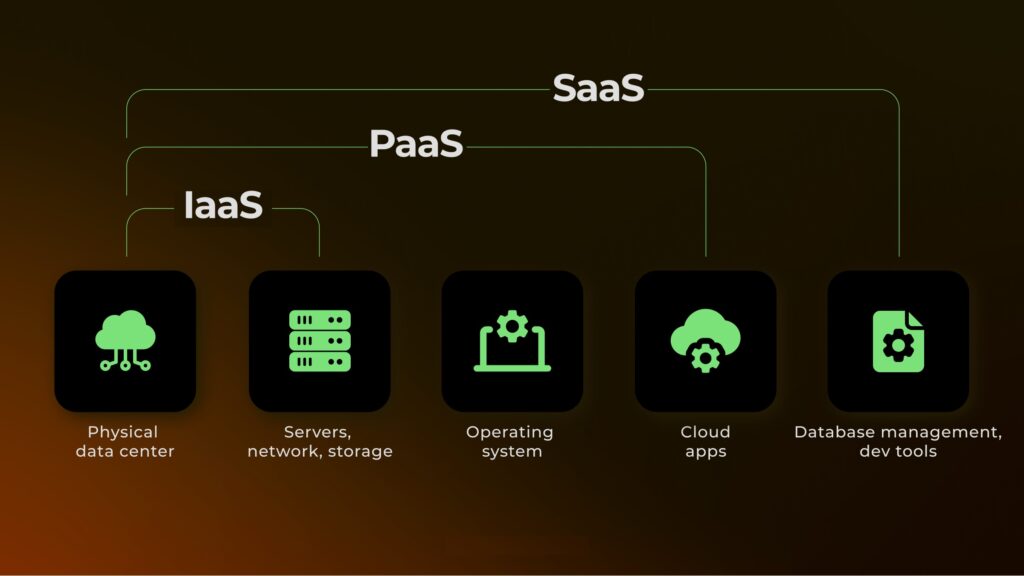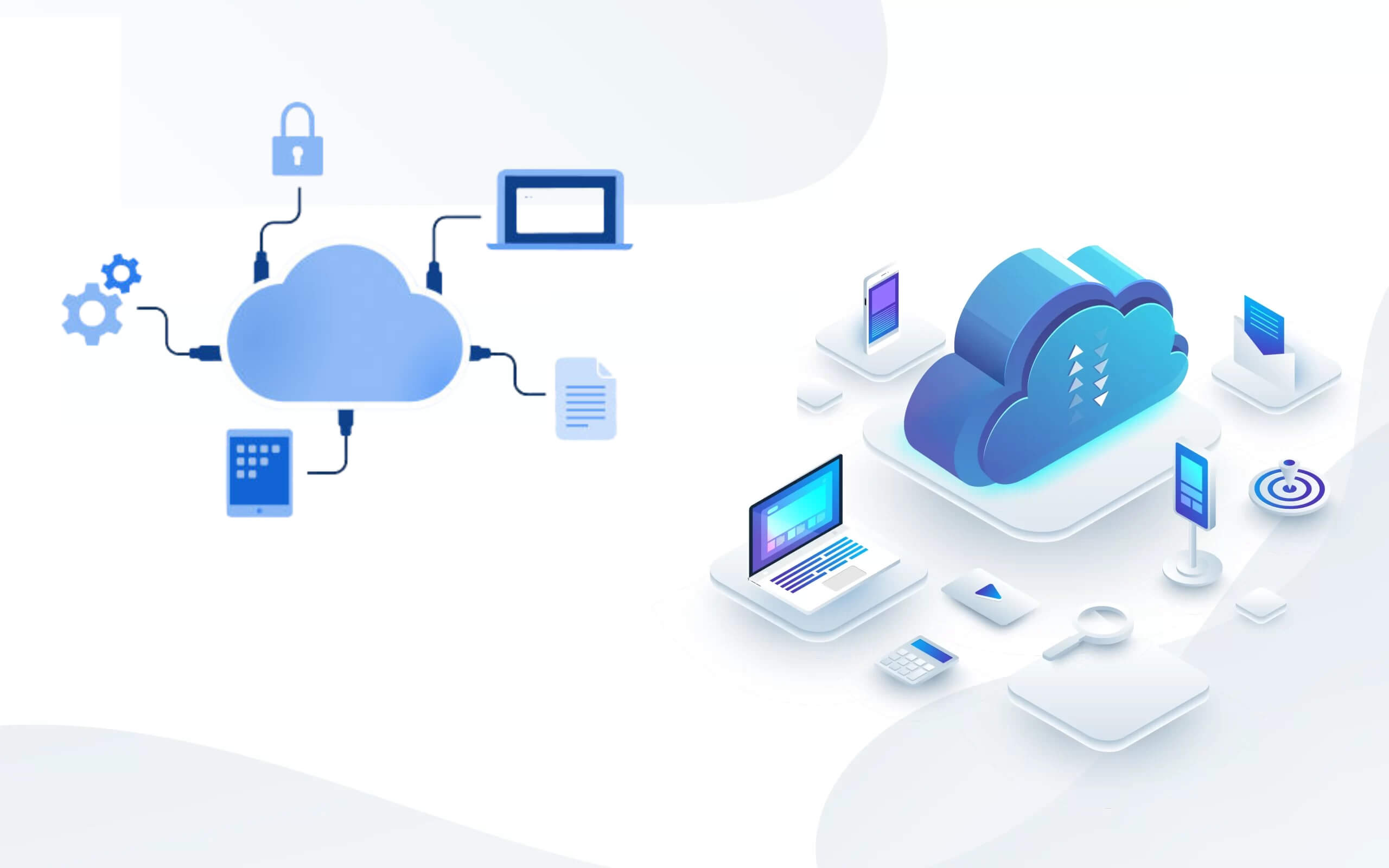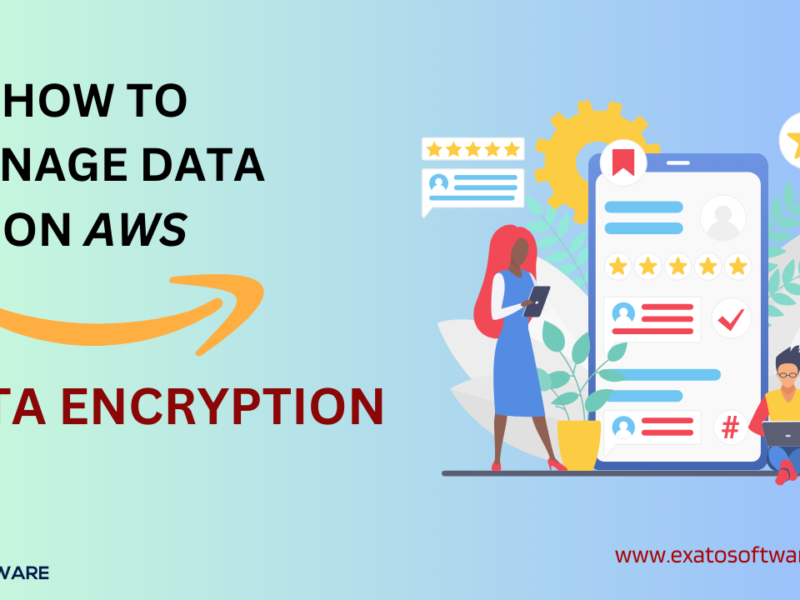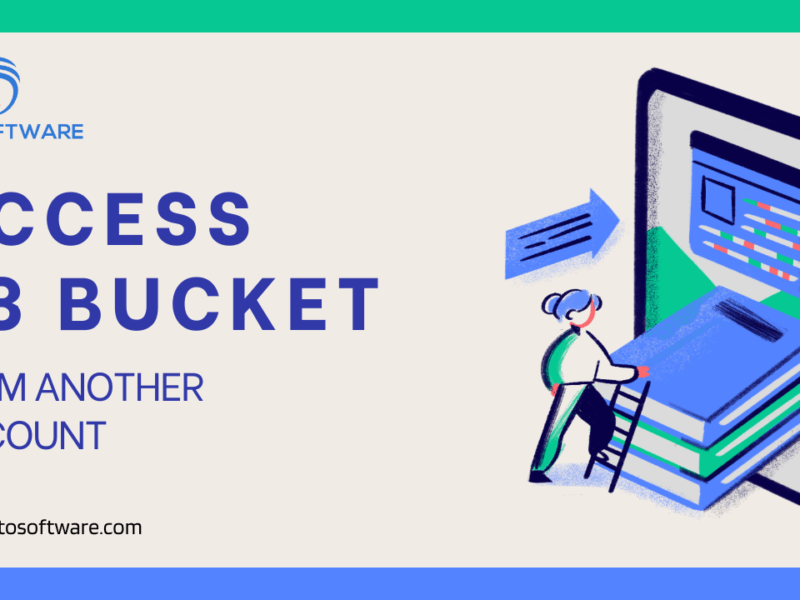The software that tends to work well on a remote server instead of a local device or computer is called a cloud-based application. Both the terms “online Cloud Application Development” and “web-based application” are occasionally used to describe this program class.
What Is a Cloud-Based Application?
An application on a handheld device operates with the help of an operating system and saves data locally. The operating system executes software hosted on the cloud, but the application’s data is not retained locally. Instead, information is maintained on a distant server (often called “the cloud”) and accessed online.
Google Docs is the perfect example of a cloud-based application. With the help of this web-based program, you may compose, edit and delete documents online by turning your web browser into a word processor after installation. By sharing these documents with others, you may also collaborate on them instantaneously. Google Docs can be accessed from any computer or mobile device with an active internet connection because it is a cloud-based service.
Several well-known businesses, including Netflix and Apple, have started using cloud application development to reach the next level. As predicted, mostly by 2025, the amount of data stored in the cloud is anticipated to surpass 100 zettabytes.
Benefits of a Cloud-Based Application

Here are some of the benefits of the cloud-based application:
Highest-caliber output
You may confidently create applications on the cloud, knowing that you are using the cutting-edge resources and infrastructure. This has directly increased the quality and scalability of the product. Additionally, cloud-based development makes it simple to monitor errors and problems, enabling you to quickly address them and stop them from worsening.
Scalability
Cloud-based applications are built to scale in line with enterprises’ expanding and changing needs. Increased scalability is one of the significant benefits of using apps that are hosted in the cloud. Businesses can avoid the hassle and cost of updating the software installed on their own premises as a result.
Apps hosted in the cloud are a great option for businesses of any size since they can be customized to match any requirement.
Reduced Costs
One of the significant advantages of applications hosted in the cloud is cost savings. For instance, by moving your apps to the cloud, you can save money on energy costs and do away with the need for expensive on-premise hardware and software installations. Additionally, cloud-based apps may be adjusted to meet changing needs, so you only pay for the resources that you use.
Readymade Infrastructure
Cloud-based applications make use of pre-configured infrastructure that is ready to use. Businesses may save a lot of time because they do not have to invest their time and resources in maintaining and setting up the servers and various other IT infrastructure. They also have the choice of using the infrastructure provided by the cloud applications provider.
Safety as well as Adaptability
Cloud-based applications are considered as one of the safest ways to store your data. Since all of the data is stored on the cloud, it won’t matter what happens to any of your machines because it won’t affect the data in any way. Also, cloud-based apps offer continuous backups, so you may use them confidently, and never fear losing your important data.
Applications that operate in the cloud provide a staggering amount of Adaptability. They are available to you at all times and from anywhere. Additionally, information can be made available to everyone, wherever they may be.
Types of Cloud-Based Application Services

Infrastructure as a service:
IaaS, a type of cloud computing, enables users to pay for their computer infrastructure as needed. IaaS providers frequently base their prices on how many resources are used in an hour. Applications created using IaaS are:
- Amazon EC2
- IBM Cloud Pak for data
- Azure virtual machines
- Digital Ocean
Platform as a Service:
Users of PaaS are given a platform to use in creating cloud-based apps. PaaS providers make many tools and services available, making creating, testing and deploying cloud-based applications easier. The following is a list of some of the PaaS-based applications:
- Cloud by Google
- Microsoft Azure Pipelines
- IBM’s cloud.
Challenges of Cloud-based App Development
Service Design
Cloud application makers could find it challenging to make reusable and flexible components since cloud apps must be closely coupled to service logic and execution.
Performance
When dealing with cloud infrastructure, you’ll probably be required to have content delivery networks (CDNs) to trigger the content distribution and speed up page load time, such as Google Cloud CDN or Microsoft Azure CDN.
Interoperability
It may be challenging to build code compatible with many cloud providers at a time. It is easy to put them into practice because you need to follow specific operational protocols.
Company Safety Measures
Applications that run on the cloud have access to sensitive data storage, which is advantageous for corporate security. However, organizations that develop cloud applications are comparatively more exposed to the risks of cloud computing.
The incorporation of the proper security measures helps organizations ensure improved corporate security, which, in turn, leads to increased revenues and the successful completion of applications.
Components of Cloud-Based App Architecture
The following are some cloud architecture components:
- Cloud-based delivery model
- Frontend Platform
- Backend Platform
- Network
The client infrastructure in cloud computing, which consists of user interfaces, client-side applications, and the client device or network, is handled by frontend platforms. Users can communicate with and utilize cloud computing services thanks to this architecture.
The parts of cloud architecture that make up the cloud are referred to as the “back end”, on the other hand. These elements include administration, storage, security safeguards, computer resources, and other things.

Tools to Build Cloud-Based Apps
Developers employ many tools and technology to offer the most efficient cloud application development. Let’s pay each of them the respect it merits:
Microsoft cloud computing
Microsoft Azure gives users access to various cloud computing services. Compute power, networking, storage, and analytics are a few of these services. Cloud computing service providers can use these facilities to build, manage, and expand new or current applications hosted in the cloud through Azure cloud application development.
Kubernetes
Cloud orchestration technology Kubernetes, or K8, enables cloud developers to start, scale, and maintain containerized applications.
Amazon Web Services
The Amazon Web Services platform is an integrated facility that allows the building a variety of cloud computing-related services, including networking, cloud application development, remote computing, and security, among others.
Google’s Cloud Computing Platform
Another effective tool for creating cloud applications is Google Cloud Platform, which enables programmers to create, test, and deploy apps on a range of platforms such as Kubernetes and Firebase while utilizing a variety of programming languages.
Jenkins
Open-source software called Jenkins is employed in cloud-based solutions that allow the integrating and dispatching of cloud application development resources on a constant mode. It automates cloud apps’ delivery and deployment processes and helps cloud developers with CI/CD pipelines.
How to Develop a Cloud Application?
Web development and mobile application development are both covered in the scope of cloud application development. Before starting, deciding which approach will work best for your project idea is in your best interest. It’s essential to approach cloud application development from an investment standpoint when doing so. You must be conscious that the resources you invest will impact your business long-term and contribute to its expansion.
Before you begin, find out who your target market is, their problems, and how much of a demand there is for the necessary app. The next stage is looking into how your product can overcome any obstacles. Your software’s success chances rise when you outsource its development to a reputed cloud app development company. You can receive a business model analysis, an app development cost estimate, and a project planning report if you deal with a professional cloud app development company.
Your cloud application developers will help you design the app’s concept, choose which features should be included in the minimal viable product (MVP), and design the app’s workflow. All of this will occur before the start of the actual development process.
How Exato Software Can Help with Cloud-based Application Development?
As a renowned Amazon Web Services Company, Exato Software appoints the latest cloud computing characteristics to provide end-to-end development solutions for constructing high-end applications.
We are a specialized provider of SaaS cloud application development services, and we are experienced in addressing the needs of clients working in a range of organizational structures and geographical locations. Based on our team’s many years of industry experience in mobile app development services, we provide clients with a wide range of services, from maintenance and support to consulting.
We will combine our substantial technical know-how with an all-encompassing plan to properly migrate apps and data to a virtual environment. The advantages of creating apps for the cloud go well beyond virtual storage; they also include much lower operating costs for the applications.
Our skilled web development services professionals help businesses maximize the opportunity provided by cloud-based architectures for application consolidation. It enhances a business’s capacity for change, scalability, and general performance. We have served various industries since the company’s inception, including media, travel, and finance.
Cloud Application Development FAQs
Q. What are some of the difficulties involved in creating cloud-based applications?
A. Some drawbacks of cloud computing include long-term effects on a company, from technological blunders, security flaws, and future assaults. By adhering to fundamental best practices, these issues can be prevented.
Q. What features of cloud computing make it the foreseeable future’s technology?
A. According to certain companies specializing in creating IT solutions, the future of technology will be very competitive, and businesses should be able to adapt to survive. One form of technology that can help your business reduce costs for servers, administration services, data processing, and storage is definitely cloud computing. With cloud-based solutions, your business operations become more efficient, and you save time and money due to the comparatively low cost of moving these resources to the cloud.
Q. What kinds of instruments are used to create cloud-based applications?
A. Developers can choose from various technologies to use while building cloud applications, depending on the specifications of their projects. Serverless Framework, Cloud IDE, AWS Lambda, and Azure Functions are some of the more popular serverless computing tools.



